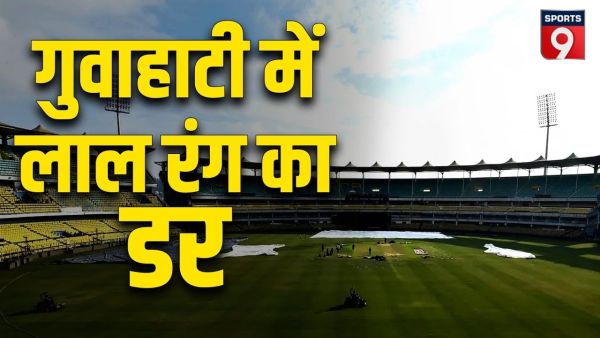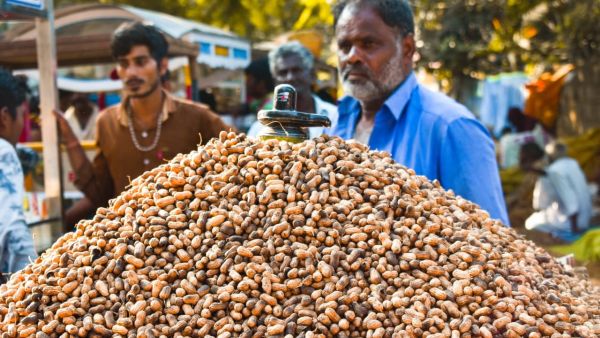NEW DELHI: High international prices and shrinking domestic output are dragging down India's natural gas consumption, which fell 14.6% in October as industries shift to cheaper liquid fuels amid softer oil prices.
Consumption in the April-October period is 8.1% lower year-on-year. A mild summer reduced demand from power generators, while tightening supplies of relatively cheaper domestically produced gas have also weighed on consumption. Domestic output fell 5.1% in October and 3.4% in April-October, driven by lower production from RIL-BP's KG basin fields.
Industrial users are increasingly substituting natural gas with liquid fuels such as propane and fuel oil, which have become relatively cheaper following the sharp decline in crude prices. Gujarat Gas is moving into propane distribution to retain customers in the key industrial cluster of Morbi, where propane has heavily displaced natural gas. Propane is ?4-6 per standard cubic metre cheaper than gas, according to ICICI Securities.
Falling domestic gas demand has pushed LNG imports down 22.6% in October and 12.5% in the April-October period. Imports account for about half of India's gas consumption.
"Natural gas prices are similar to where they were last year, but customers find the fuel expensive as crude has come down," said an industry executive. Asian LNG benchmark JKM averaged $11.7/mmbtu in April-October compared with $12.6/mmbtu a year earlier. Brent crude averaged $68 in the same period versus $81 last year.
High prices have long been a hurdle for Indian gas consumers, limiting progress on the government's goal of raising gas's share in the energy mix. In recent years, domestic gas has become expensive.
Gas from nominated fields operated by ONGC and Oil India is currently sold at $6.75/mmbtu, based on a government-set formula introduced in 2023, up from $1.79/mmbtu five years ago. Gas from difficult fields is capped at $9.72/mmbtu, compared with $4.06/mmbtu five years earlier.
India is seeking more investments in its exploration sector to help raise gas production and has framed new policies to attract foreign majors.
Consumption in the April-October period is 8.1% lower year-on-year. A mild summer reduced demand from power generators, while tightening supplies of relatively cheaper domestically produced gas have also weighed on consumption. Domestic output fell 5.1% in October and 3.4% in April-October, driven by lower production from RIL-BP's KG basin fields.
Industrial users are increasingly substituting natural gas with liquid fuels such as propane and fuel oil, which have become relatively cheaper following the sharp decline in crude prices. Gujarat Gas is moving into propane distribution to retain customers in the key industrial cluster of Morbi, where propane has heavily displaced natural gas. Propane is ?4-6 per standard cubic metre cheaper than gas, according to ICICI Securities.
Falling domestic gas demand has pushed LNG imports down 22.6% in October and 12.5% in the April-October period. Imports account for about half of India's gas consumption.
"Natural gas prices are similar to where they were last year, but customers find the fuel expensive as crude has come down," said an industry executive. Asian LNG benchmark JKM averaged $11.7/mmbtu in April-October compared with $12.6/mmbtu a year earlier. Brent crude averaged $68 in the same period versus $81 last year.
High prices have long been a hurdle for Indian gas consumers, limiting progress on the government's goal of raising gas's share in the energy mix. In recent years, domestic gas has become expensive.
Gas from nominated fields operated by ONGC and Oil India is currently sold at $6.75/mmbtu, based on a government-set formula introduced in 2023, up from $1.79/mmbtu five years ago. Gas from difficult fields is capped at $9.72/mmbtu, compared with $4.06/mmbtu five years earlier.
India is seeking more investments in its exploration sector to help raise gas production and has framed new policies to attract foreign majors.





